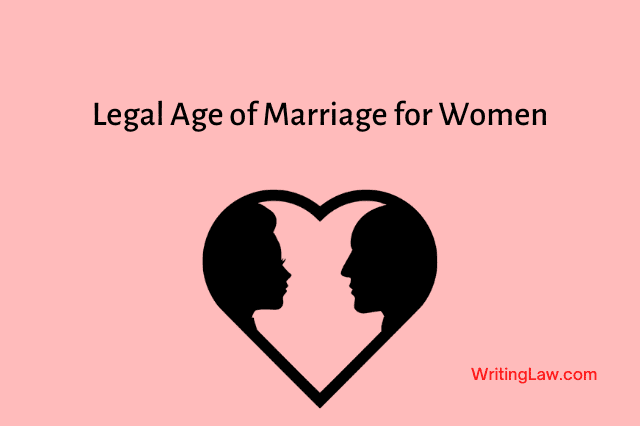
In December 2021, the Prohibition of Child Marriage (Amendment) Bill, 2021, for increasing the minimum legal age of marriage for women in India from 18 years to 21 years, was introduced in Lok Sabha.1 Many experts are of the view that it is a step towards enforcement of the Right to Equality, as the current provision is discriminatory in nature.
The present legal age of 18 years for marriage for women is violative of not only the right to equality but also contradicts the basic necessity of putting the impetus on improving women’s health.
The introduction of the new legal age will also lay emphasis on the increase in graduation level education of women thus formulating them into independent and self-sufficient citizens of the country, which will help in reducing the number of cases of domestic crimes against them.
While there are arguments in favour of this increase in age, there are critics on the other end of the spectrum who come up with pressing views. Critics believe that an increase in the legal age for marriage for women will lead to a violation of rights given to certain special communities where child marriage is a custom. According to them, the state should not enter into the sphere of customary rules and regulations.
Statistics Showing the Prevalence of Child Marriage in India
According to a report of the National Family Health Survey-5 (2019- 22), 14.7% of women in urban areas and 27% in rural areas in the age group of 20- 24 were married before the age of 18 years.
As per this survey, 3.8% of women in urban and 7.9% in rural areas between the age group of 15-19 were already mothers or pregnant at the time of the survey.
Though the legislation has helped reduce child marriages in India to a greater extent, this data clearly shows the presence of child marriage in India despite the current legislation.
History of Marital Age for Women in India
Before Independence, the marital age for women used to be 10 years. This age further increased to 15 years after Independence. But it was in 1978 that an amendment was made under the Child Marriage Restraint Act, increasing the marital age for women to 18 years. In 2006, the government decided to abolish child marriage to a greater extent and came up with the Prevention of Child Marriage Act, 2006, replacing the earlier Child Marriage Restraint Act.
Pros of Increasing the Age of Marriage for Women
This step has been taken to bring both men and women on an equal footing, thus, emphasising the motto of equality. The government believes that increasing the age of marriage for women will help resolve problems like maternal mortality rate, malnourishment in kids, the poor health of women due to pregnancy at an early age, infant mortality rate, etc. It will also help in increasing the rate of education among women. In India, a person completes his graduation primarily at the age of 21 years. Thus, it will help produce more graduate women who can serve the country in various capacities.
Cons of Increasing the Age of Marriage for Women
The data of the National Family Health Survey-5 clearly shows that the creation of legislation is not sufficient, as many regions of India still endure the practice of child marriage. The creation of legislation does not guarantee its effective implementation.
Many experts believe that child marriages often relate to people’s orthodox and conservative ideologies and beliefs. People consider girls as an unnecessary burden and thus marry them at an early age. In such homes, girls usually have to suffer violence and trauma. These girls often get married at an early age to get out of the violent households; thus, marriage act as an effective defence mechanism for them. Increasing the age of marriage does not guarantee education for women, as many households having rigid thinking and ideologies will still consider it a burden and unfruitful investment.
All these factors combined raise the question of the implementational aspect of future legislation. Many experts also believe that this legislation will increase the incidents of female foeticide instead of solving the actual issue at hand.
Conclusion
Increasing women’s marital age is a progressive step, but it does need an effective implementational mechanism. Public awareness is the key to resolving the issue alongside the legislation.
Many developed countries like New Zealand and Singapore also have marital age for women on similar lines to the said proposal.
Therefore, this legislation can prove to be fruitful, but the key to its effectiveness lies within the well thought out practical measures which should be taken to raise the awareness among the general public about its importance.
Read Next:
1. 7 Foreign Laws That Should Be Adopted in India
2. Most Important Legal Rights of Women in India
3. Women Land Rights – Laws, Lack of Rights, and More
4. Why Marital Rape Should Be Criminalised and Why It Shouldn’t
- Meaning of Substantive Law and Procedural or Adjective Law - 19th March 2023
- What Are the Changes Made By the Medical Termination of Pregnancy Amendment Act of 2021? - 19th March 2023
- What Are the Changes Proposed by Draft Indian Telecommunication Bill, 2022? - 19th March 2023







